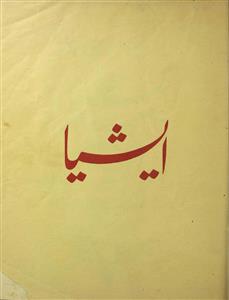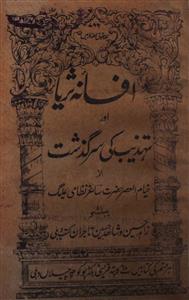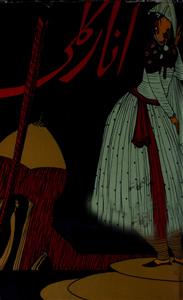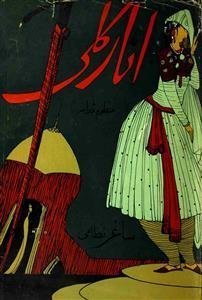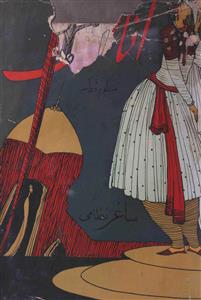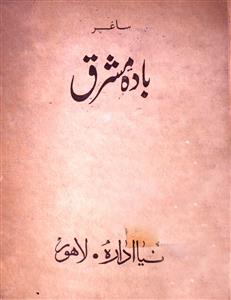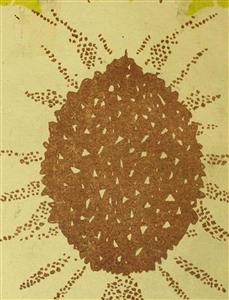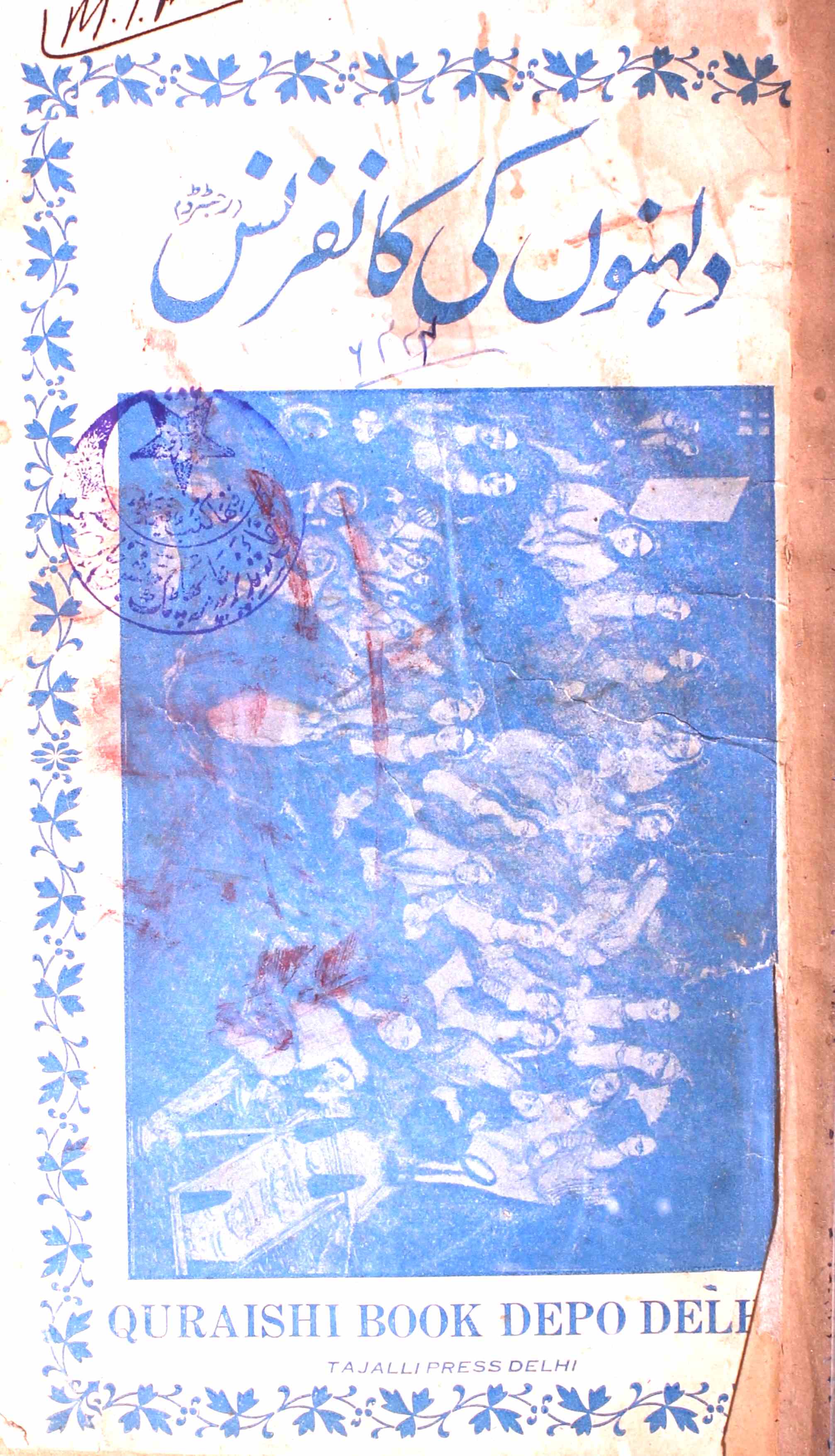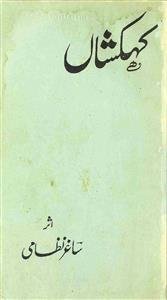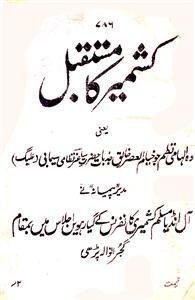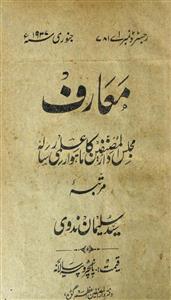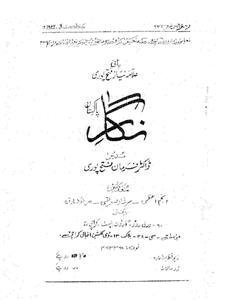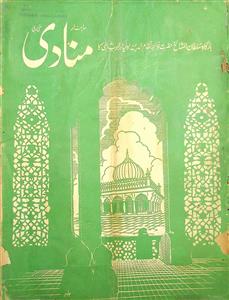 For any query/comment related to this ebook, please contact us at haidar.ali@rekhta.org
For any query/comment related to this ebook, please contact us at haidar.ali@rekhta.org
About The Editor
Saghar Nizami was born in Aligarh on 21 December 1905. His father, Sardar Ahmed Yaar Khan, was a well-known medical doctor in the service of the British government of India. Saghar was one of the earliest disciples of Seemab Akbarabadi and was a recipient of the third highest Indian honour of the Padma Bhushan, in 1969, for his contributions to literature.
From 1923 to 1932 he edited Paimana, a monthly magazine published by his teacher in Agra. In 1933 he shifted to Meerut and founded Adabi Markaz, a publishing house which, in its very first year of operation, introduced Mehr Lal Soni Zia Fatehabadi to the Urdu literary world by publishing Tullu (Dawn), the latter's first collection of poems. Years later, Yusuf Hussain, Editor of Nairang-e-Khayal was to class Ehsan Danish, Saghar Nizami and Mehr Lal Soni Zia Fatehabadi as the three bright stars (of Urdu poetry) of the modern era.
An appraisal of the works, life and personality of Saghar Nizami titled - Saghar Nizami — Fan aur shakhsiyat ma'a kalam written by Zamir Ali Khan was published in 1985; this book also contains his selected ghazals and nazms. In his article titled Two Anarkalis: Saghar Nizami’s Dream Drama and the Deconstruction of the Parsi Theatre Afroz Taj compares Nizami's play Anarkali to the earlier play of the same name by Imtiyaz Ali Taj.
Six collections of his ghazals and nazms were published during his lifetime. They are titled Subuhi (1934), Badah-e-mashriq (1934), Kahkashaan (1934), Rangmahal (1943), Mauj-e-saahil (1949) and Nehrunama (1967). His collected works, Kulliyaat-e-Saghar Nizami, were published in three volumes by Modern Publishing House, Delhi between 1999 and 2001.
 For any query/comment related to this ebook, please contact us at haidar.ali@rekhta.org
For any query/comment related to this ebook, please contact us at haidar.ali@rekhta.org
Most Popular Magazines
Browse this curated collection of most popular magazines and discover the next best read. You can find out popular magazines online on this page, selected by Rekhta for Urdu magazine readers. This page features most popular Urdu magazines.
See More